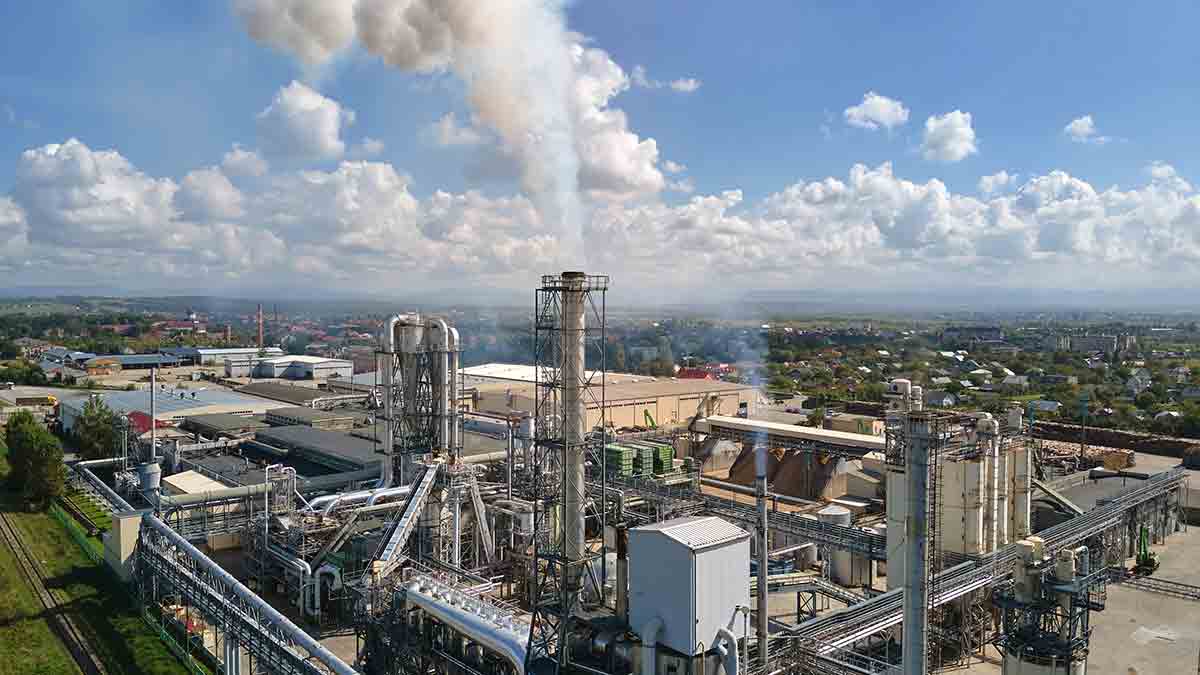IoT in the Oil and Gas Industry
The oil and gas industry is responsible for over 61% of global energy production. Fuel losses in the United States amount to $10 billion each year due to thefts and leaks. According to statistics, approximately 2.5 million miles of pipelines in America have an average of 93 leaks per mile. Companies operating in the midstream sector of the oil and gas industry need to improve the reliability and safety of pipelines to reduce this number. For this reason, they invested in human capital and operational hardware to overcome problems, but that did not work. Therefore, there is a need for data-driven infrastructure and smart solutions.
Causes of Leaks in Pipelines
There is an assortment of drastic causes of leakage that are well-known among the many reasons and predictions. Researchers discovered that corrosion is responsible for 61% of all pipeline leakages, compared to 39% of pipeline leakages due to miscellaneous factors.
Therefore, it is essential to monitor these leakages as they can have a significant impact on energy production around the globe.
Companies need to have visibility from all points of the pipelines in order to eliminate the oil and gas leakage problem. It is impossible for downstream businesses, however, to track all leakages in the distribution pipelines.
Smart Solutions for Leakage Detection
The lack of integrated technology to detect leakage in the downstream and midstream oil and gas sectors means that there is no solution. The oil and gas industry wants to make the existing method better for detecting pipeline leakage. This will make the industry safer and more sustainable over the next 100 years.
The need for an alternative solution is urgently felt as the detection of leaks becomes more difficult, particularly in remote wells. A handful of industries are now opting for smart solutions to leverage their existing resources.
Pipeline Monitoring in Remote Areas
A pipeline monitoring system can detect any leakage within the pipeline. Leakage is detected in real time by IoT sensors. This ensures that oil and gas operations are safe. This system helps track every meter of the pipeline and it sends alerts to the control room. Supervisors receive the alerts and can then shut down the pipeline if it is dangerous.
Real-Time Equipment Monitoring
The efficiency and consistency of pipeline and equipment operation is crucial for the oil and gas industry. Unmonitored pressure and excessive vibrations can cause severe losses. IoT sensors, which are implemented with smart solutions, help in monitoring pumps, motors and compressors in oil and gas supply.
Sensors also detect temperature, pulses, and dynamic pressure. Meanwhile, sensors in engines detect emissions to help avoid huge losses.
Smart Solutions for Methane Gas Detection
Smart IoT sensors detect methane, a combustible gas. They perform best at temperatures of 20 degrees Celsius and humidity levels of 65%. The sensors can detect gases in very small quantities, thus preventing explosions.
Smart solutions are available to businesses of all sizes and shapes. Moreover, they can improve efficiency and decrease costs.
The integration of smart connected devices into almost all streams of the oil and natural gas industry will transform the supply chain. It is time to transform the operations of the oil and gas industry and allow them to compete in a commoditized world.
Companies typically need robust IoT solutions that include hardware, software, and connectivity. This is the key issue with IoT adoption. Although there are many IoT platform vendors on the market, buying just one IoT platform will not help companies.
They will need to search for the appropriate hardware and integration if they only choose one IoT platform. They will also need IT specialists and a high level of effort (LoE).
It is best to select an IoT solution provider that can handle all aspects of IoT, including integration with ERP. It is a huge advantage that IoT provides oil and gas companies with the ability to control pumps and other controllers.
Ok, so we have talked about smart solutions in oil and gas, but the question remains the same. What is the expected return on investment for an oil and gas company if IoT deployment costs are incurred?





